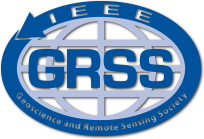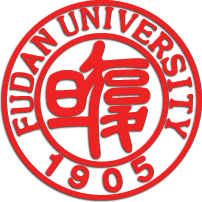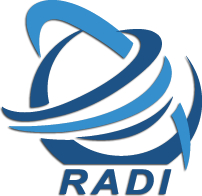WE3.L4: Validation of Remote Sensing Products: Methods, Specifications, and Networking Existing Networks I |
| Session Type: Oral |
| Time: Wednesday, July 13, 13:30 - 15:10 |
| Location: Room 309B |
| Session Chairs: Xin Li, CAREERI, CAS and Tao Che, CAREERI, CAS |
| 13:30 - 14:10 |
| WE3.L4.1: SATELLITE-BASED SOIL MOISTURE VALIDATION AND FIELD EXPERIMENTS; SKYLAB TO SMAP |
| Thomas Jackson; United States Department of Agriculture |
| Jean-Pierre Wigneron; Institut National de la Recherche Agronomique |
| Yann Kerr; Centre d'Études Spatiales de la BIOsphère (CESBIO) |
| Michael Cosh; United States Department of Agriculture |
| Andreas Colliander; Jet Propulsion Laboratory |
| Jeffrey Walker; Monash University |
| Rajat Bindlish; United States Department of Agriculture |
| 14:10 - 14:30 |
| WE3.L4.3: SOIL MOISTURE AND TEMPERATURE MEASURING NETWORKS IN THE TIBETAN PLATEAU AND THEIR APPLICATIONS IN VALIDATION OF MICROWAVE PRODUCTS |
| Kun Yang; Institute of Tibetan Plateau Research |
| Jun Qin; Institute of Tibetan Plateau Research |
| Yingying Chen; Institute of Tibetan Plateau Research |
| Menglei Han; Institute of Tibetan Plateau Research |
| Long Zhao; Institute of Tibetan Plateau Research |
| 14:30 - 14:50 |
| WE3.L4.4: TOWARDS VALIDATION OF SMAP: SMAPEX-4 & -5 |
| Nan Ye; Monash University |
| Jeffrey Walker; Monash University |
| Xiaoling Wu; Monash University |
| Thomas Jackson; United States Department of Agriculture |
| Luigi Renzullo; CSIRO Land and Water |
| Olivier Merlin; Center for the Study of the Biosphere from Space |
| Christoph Rüdiger; Monash University |
| Dara Entekhabi; Massachusetts Institute of Technology |
| Richard de Jeu; Transmissivity B.V., Space Technology Center |
| Edward Kim; NASA Goddard Space Flight Center |
| 14:50 - 15:10 |
| WE3.L4.5: AN UPSCALING ALGORITHM FOR VALIDATING SOIL MOSTURE REMOTE SENSING PRODUCTS BASED ON SPARSE OBSEVATION SITES |
| Rui Jin; Cold and Arid Regions Environmental and Engineering Research Institute, Chinese Academy of Sciences |
| Jian Kang; Cold and Arid Regions Environmental and Engineering Research Institute, Chinese Academy of Sciences |




